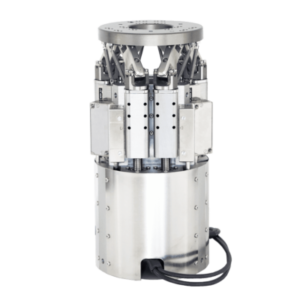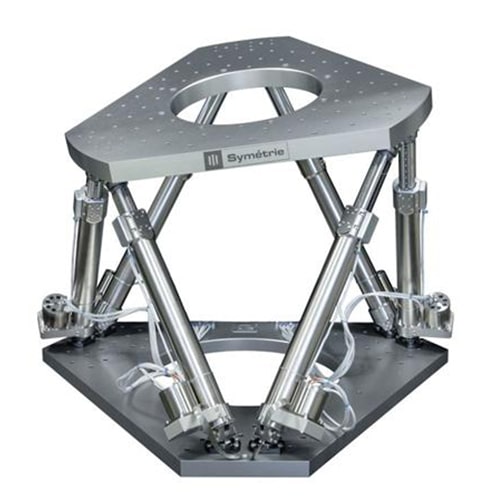Positioning and Motion Hexapods
Positioning hexapods give scientists and researchers the flexibility to optimally position or align samples on beamlines, satellites, telescopes, and other electro-optical components or instruments.
Motion hexapods simulate how land vehicles, planes, ships, or military vehicles move to test the response of instruments that may be aboard them. Large motion ones serve in flight simulators for training as well.
Engineers, astronomers, spacecraft builders, and optical manufacturers all use positioning and motion hexapods for alignment, testing, and calibration. When choosing one for a particular application, it’s important to consider whether the hexapod and the instrument it supports will be in motion. Also, note the maximum load the hexapod can support, the travel range, speed, acceleration, and accuracy required.
For more information on Symetrie hexapods, visit our applications page.




